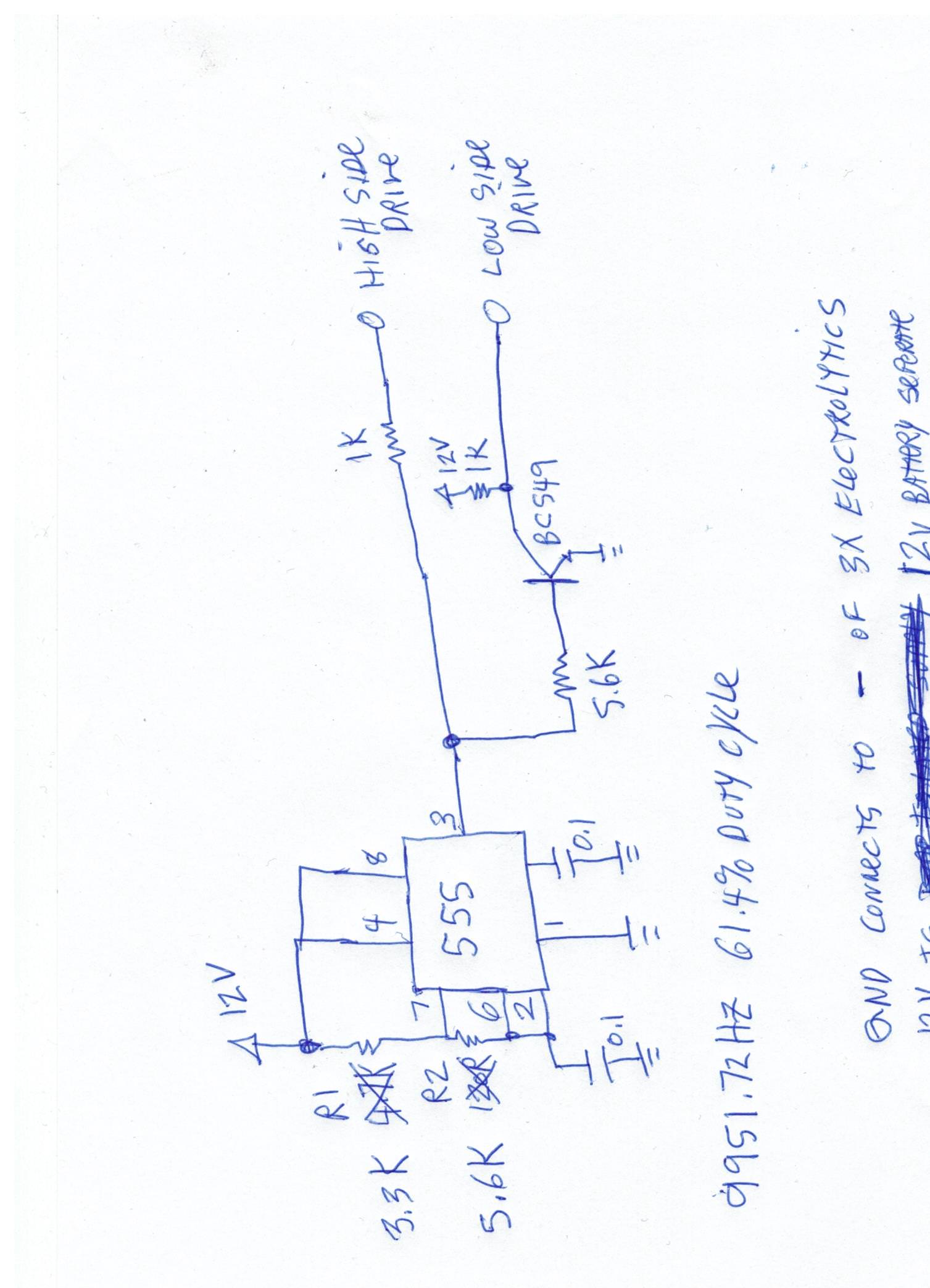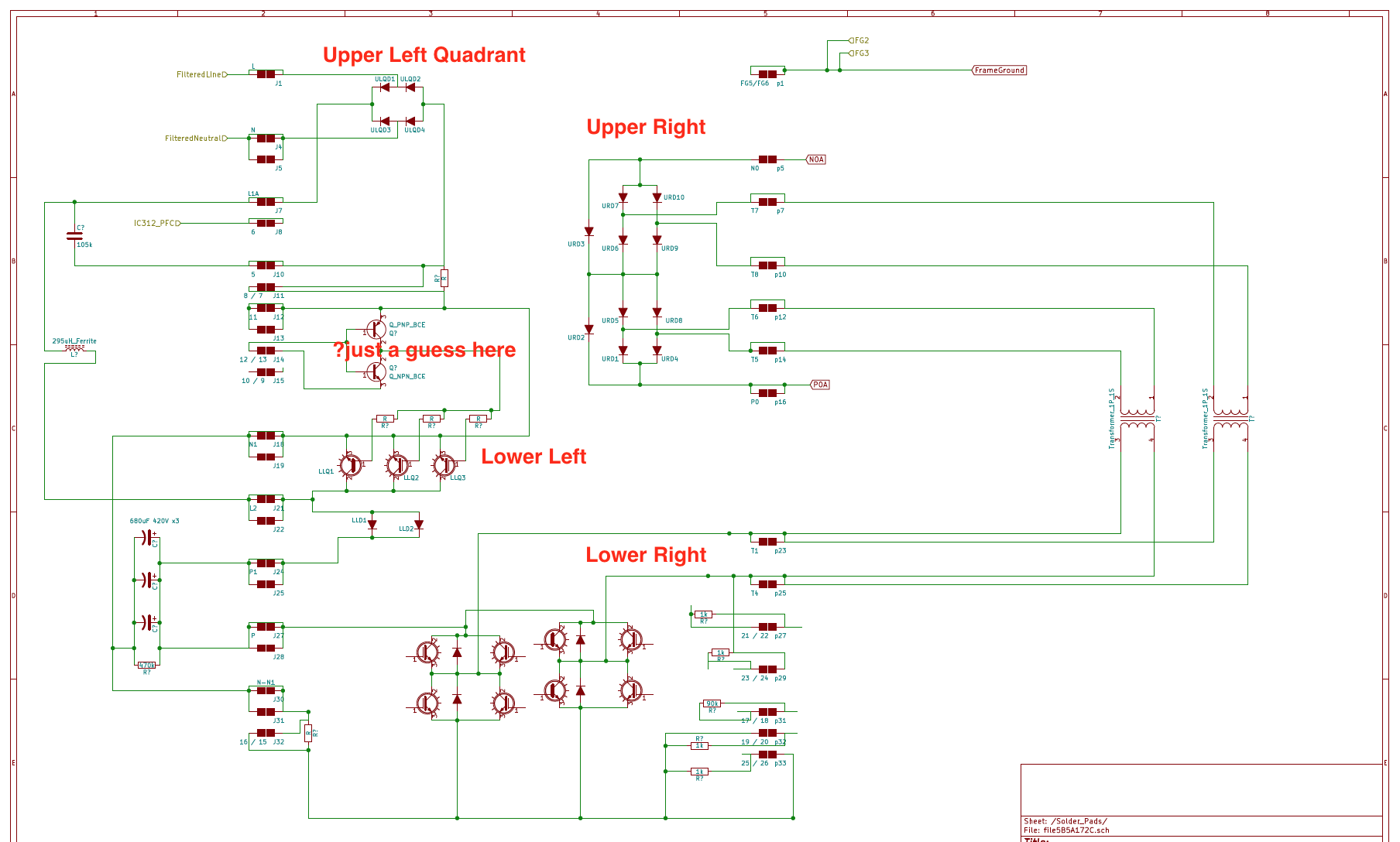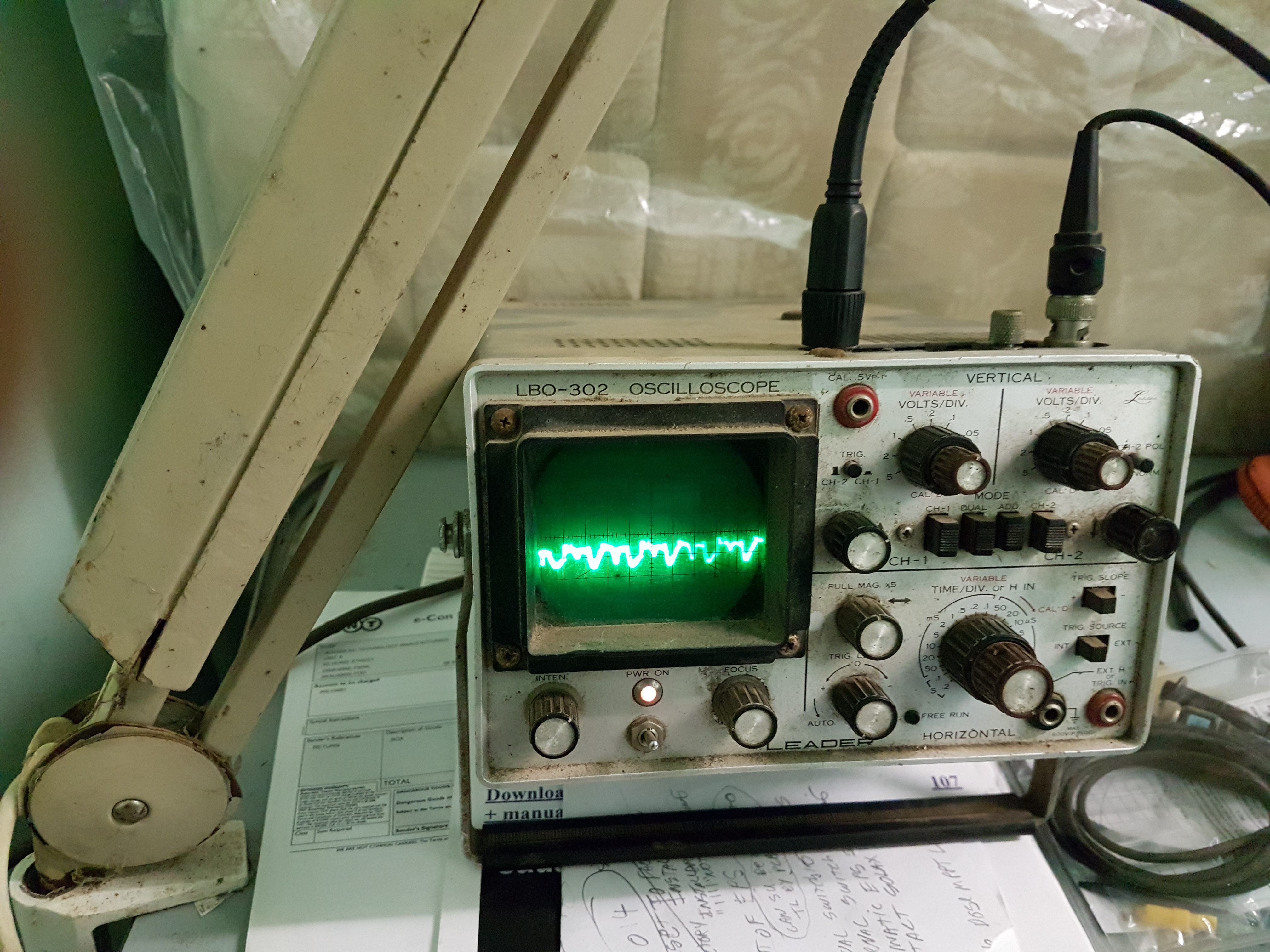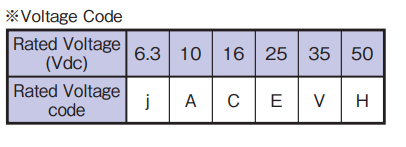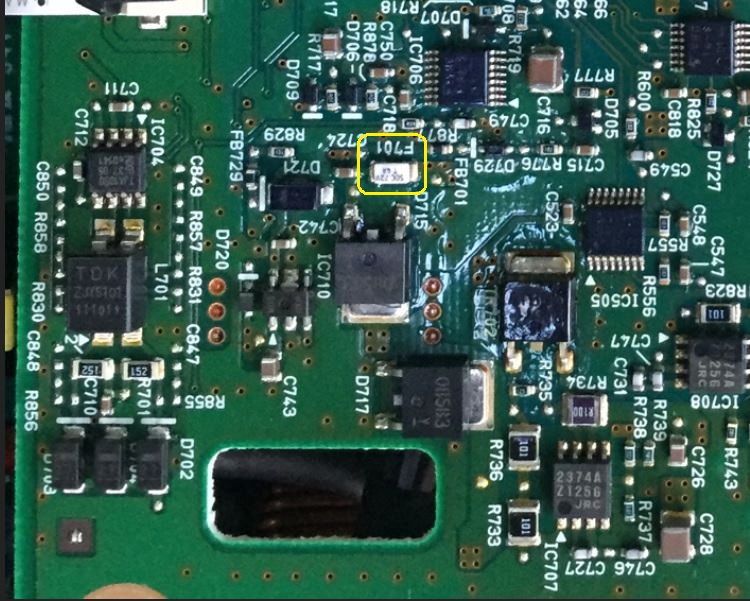Hi Jray3, or anyone else willing,
As a backup plan, in case I cannot get the AUS charger I am working on fixed, I am interested in purchasing a 2nd hand one from the USA.
So Far, I've not been able to find any stock in Australia. When I contact 2nd hand sources in USA, Even if I have USA part numbers for the chargers, like 9499D991 and 9499C662, (provided to me by JRAY3 and KIEV earlier) They seem to only want to talk to me if I also supply them with a VIN number for the car. The VIN number for my cars in Australia are no good to use as they cannot look these up in their USA Databases. It seems that I am currently having problems using my Private Messages on this forum. I just tried sending a PM to jray3 and it sits in the OUTBOX, but never goes to the SENT box, so I don't know what needs to happen to get it to move out of the outbox. Also jRAY3, if You have sent me VIN info, I haven't received any PM's in last few days, so maybe the receive is broken too.
I don't know if it violates any rules or privacy, but if someone could post me a USA VIN Number for a 2012 IMIEV , and confirm the part number of the charger used in it, I can use that info as an alternative to source a replacement charger out of the USA if I need to.
As a backup plan, in case I cannot get the AUS charger I am working on fixed, I am interested in purchasing a 2nd hand one from the USA.
So Far, I've not been able to find any stock in Australia. When I contact 2nd hand sources in USA, Even if I have USA part numbers for the chargers, like 9499D991 and 9499C662, (provided to me by JRAY3 and KIEV earlier) They seem to only want to talk to me if I also supply them with a VIN number for the car. The VIN number for my cars in Australia are no good to use as they cannot look these up in their USA Databases. It seems that I am currently having problems using my Private Messages on this forum. I just tried sending a PM to jray3 and it sits in the OUTBOX, but never goes to the SENT box, so I don't know what needs to happen to get it to move out of the outbox. Also jRAY3, if You have sent me VIN info, I haven't received any PM's in last few days, so maybe the receive is broken too.
I don't know if it violates any rules or privacy, but if someone could post me a USA VIN Number for a 2012 IMIEV , and confirm the part number of the charger used in it, I can use that info as an alternative to source a replacement charger out of the USA if I need to.




